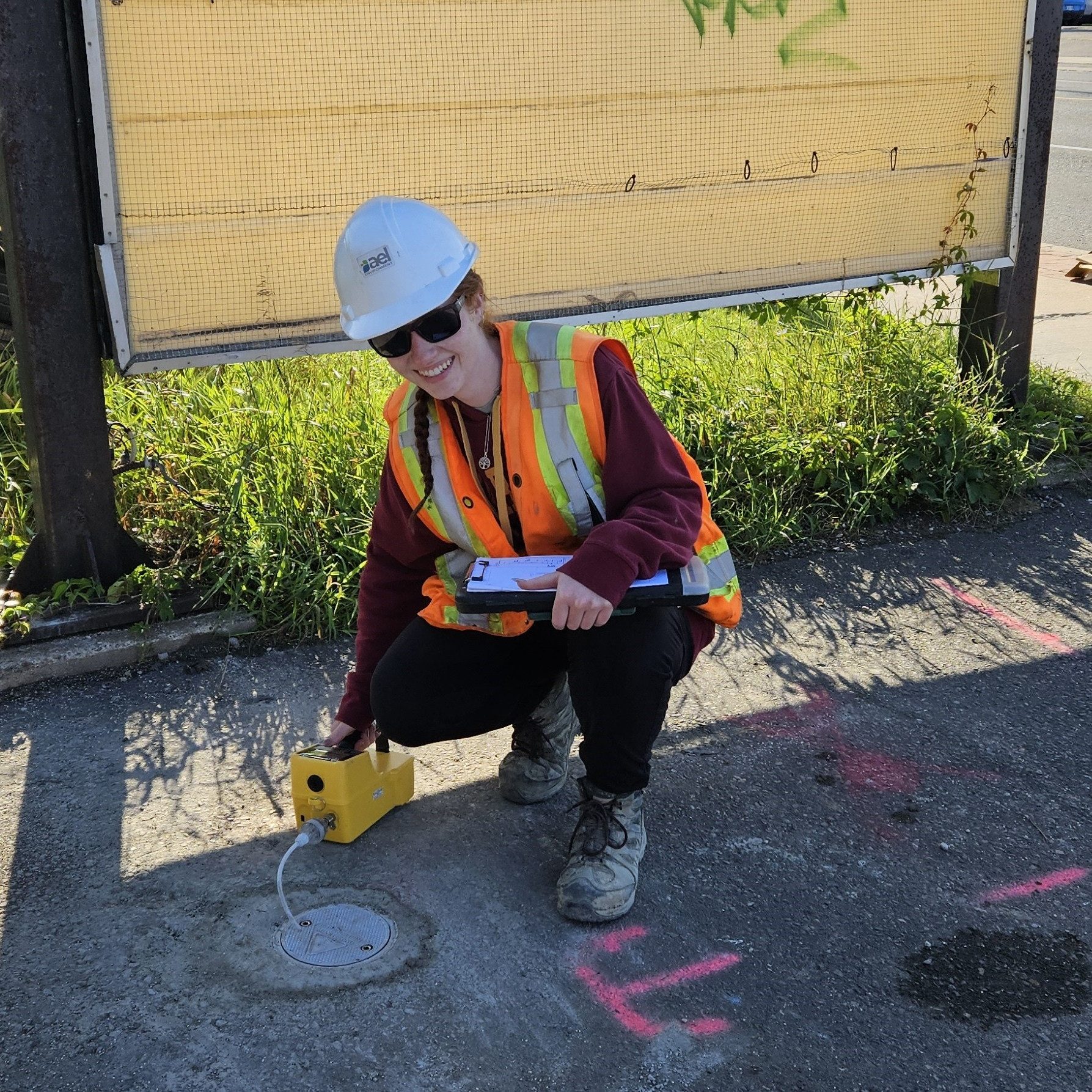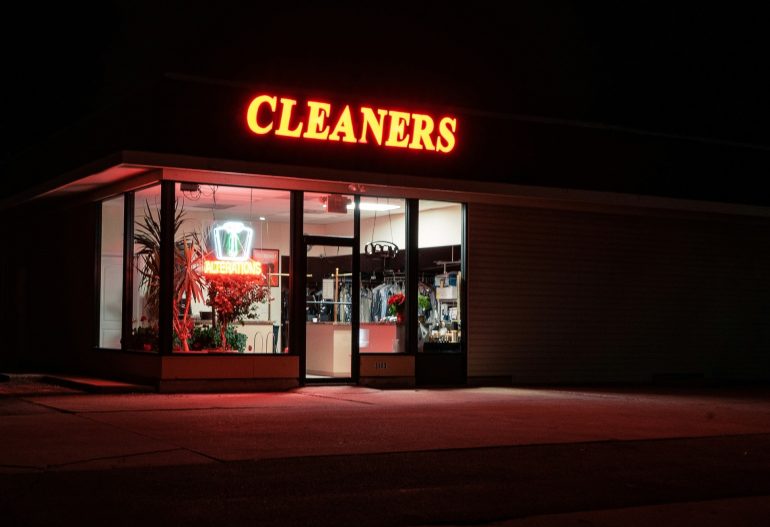The Environmental Impact of Dry Cleaners – Understanding the Risks and Offering Real Solutions
For decades, dry cleaning has been a staple of modern life to clean delicate or professional garments. Despite its name, “dry” cleaning is not a dry process — it involves the use of chemical solvents rather than water. Unfortunately, many of these solvents pose significant risks to human health and the environment.
Why Dry Cleaning Chemicals Are Particularly Problematic
The primary chemical used in traditional dry cleaning is perchloroethylene (PERC) — a chlorinated solvent that has long been the industry standard. Despite being flagged more than two decades ago, over 80% of dry cleaners in Canada still rely on it today.
PERC, along with other solvents used in dry cleaning including volatile organic compounds (VOCs), pose a unique set of challenges:
- Toxicity – Harmful to both human health and the environment
- Persistence – Does not readily break down, remaining in soil and groundwater for decades
- Unpredictable Migration – As a DNAPL (Dense Non-Aqueous Phase Liquid), PERC sinks through soil and groundwater, often bypassing natural barriers and spreading in ways that are difficult to predict, delineate and remediate
- Vapour Intrusion – Contaminated subsurface vapours can migrate into buildings, creating indoor air quality risks
The Impacts of Dry Cleaning Contamination
Improper handling, storage, or disposal over years of operation can result in significant subsurface and even indoor air contamination. For anyone buying, selling, lending on or redeveloping near a current or former dry cleaner, the environmental risks are significant — and failing to identify or properly address them can lead to costly surprises.
Contamination linked to current or former dry cleaners can:
- Render soil and groundwater unsafe for residential or institutional development
- Trigger regulatory oversight, delaying permits and approvals
- Reduce property value and complicate real estate transactions
- Spread beyond property boundaries, affecting adjacent landowners and municipalities, and can lead to increased liability exposure, even if your property or business is not the original source
AEL Environment: Specialists in Dry Cleaning Site Assessment and Remediation
AEL works with property owners, developers, real estate professionals, municipalities to assess and resolve environmental risks linked to former or active dry-cleaning sites. Whether you’re evaluating a property acquisition or financing, planning redevelopment, or managing municipal brownfields, our team offers the insight and technical expertise to move your project forward.
Our Environmental Services Include:
- Phase One Environmental Site Assessments (ESA) – Identifying historical uses and areas of potential environmental concern
- Phase Two ESAs – Conducting soil, groundwater, and vapour testing to confirm potential contamination levels
- Soil and Groundwater Remediation and Risk Assessments – Designing and implementing effective strategies tailored to your site
- Remedial Action Plans (RAPs) – A strategic, customized plan for your site’s environmental clean-up that balances site-specific conditions with your goals and priorities

Why It Matters
Dry cleaning contamination doesn’t just affect the environment — it can reduce property value, stall development projects, and pose serious health risks. With the right team, you can:
- Reduce environmental and financial risk
- Meet regulatory requirements with confidence
- Unlock redevelopment potential
- Protect or restore your property’s value
Ready to Move Forward?
If you’re dealing with a property that is potentially affected by a current or former dry-cleaning operation, our team of specialized experts will help you assess the risks for your unique site and help develop a clear path forward that’s focused on helping you achieve your specific goals.
Learn More About Our Innovative Remediation Techniques
25 Years of Innovation in Environmental Site Remediation

Dig deeper into some of the most important innovations in the field of environmental remediation.
Using Remediation & Risk Assessment for a Record of Site Condition

AEL helped its client navigate an environmentally complex commercial property sale of a PCE impacted property in Ontario.

Every Property Has a History, We Can Help You Understand the Past to Prepare for the Future
AEL environment is focused on creating tailored solutions based on your end goals for each property.
Let’s talk, and our team will guide you through the process.
What Our Customers Have To Say
In my two decades plus as a specialist in Environmental Law, I have dealt with numerous environmental consulting firms right across Canada, and from big to small, Not all of them are able to deal with sophisticated scientific questions and not all of the ones with greater scientific skills are practical. AEL Environment have the necessary science skills and their advice is always practical. They have never failed to help me and my clients.
Michael Peterson, Environmental Law
Sky Counsel Group
Our Process
-

1. Discover
Every property is unique. We will listen carefully and seek clarity to ensure we understand your site’s unique details and goals.
-

2. Identify
We will recommend an optimal approach, innovative and cost-effective services and solutions for your site, focused on achieving your desired outcome.
-

3. Analyze
Once authorized, we will complete the required research, testing, consulting or reports to required standards. We take the time to review any results and reports together.
